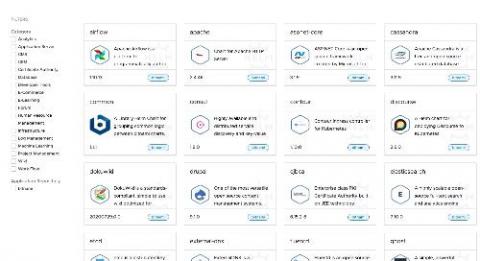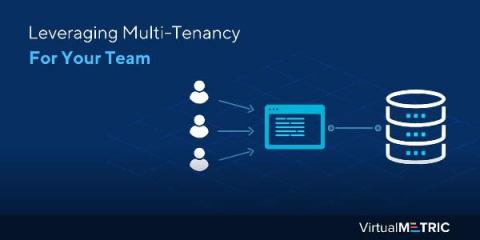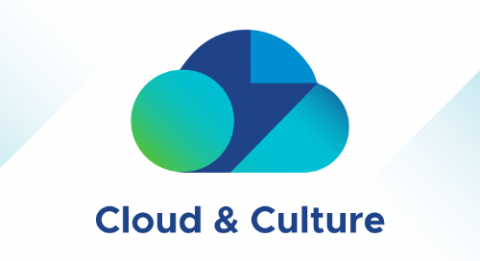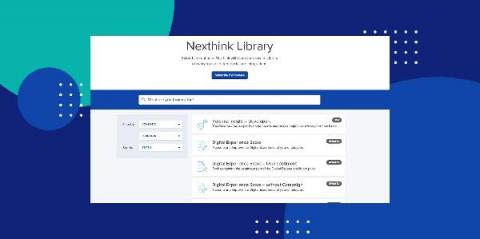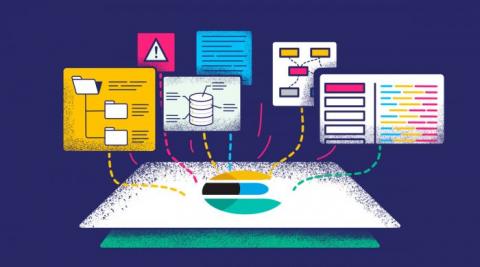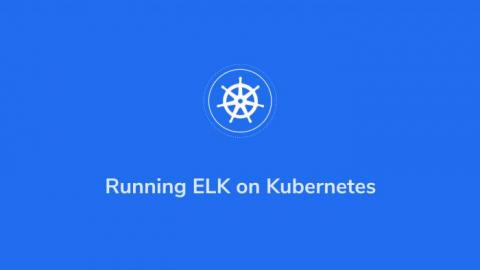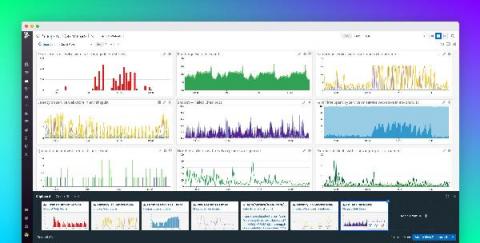I'm a VMware Admin: What Do I Do with Tanzu Kubernetes Clusters?
In previous blog posts, we’ve talked about the process of setting up vSphere with Tanzu (see our quick start guide) and creating your first Tanzu Kubernetes Cluster (TKC). As a vSphere Administrator, you might be saying to yourself, “This is cool and all, but what’s next? What’s an easy application to deploy?” The easiest target is the standard NGINX Kubernetes deployment, but that’s very basic.


